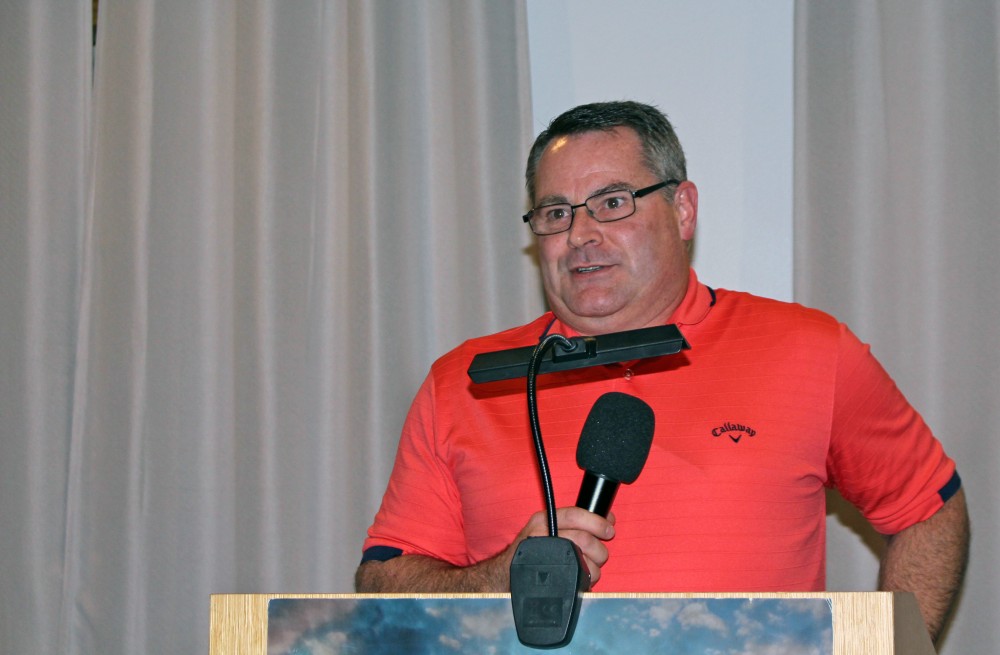Community Foundation grant helps Springbrook EMS transform paramedic response in Jackson County

In rural Jackson County, 85% of emergency medical services are run by volunteers. Early paramedic intervention to stabilize the patient condition is critical to the survival of cardiac, trauma and other critical patients, yetpatients in Jackson County commonly wait 15 to 30 minutes for an ambulance and spend the same amount for transport to a hospital. With the help of the Community Foundation of Jackson County, Springbrook EMS is acting now to improve this dire situation.
“It’s not conducive to treating patients, and it’s heartbreaking when you have a critical patient you know you could help if you just had the tools,” said Joe Deppe, who accepted a $20,000 grant from the Community Foundation for a program that will enhance paramedic access in rural areas. The grant will help provide qualified paramedics with their own advanced life support supply bags, supporting a new model in which paramedics around the county work as a team.
“I can’t thank the Foundation enough for this incredible honor and the continued interest you have taken in our project,” said Deppe.
There are 10 communities in Jackson County with emergency medical services. Four of those services provide ambulance transport only, and just two of them have advanced life support (ALS) — or paramedic — capability (as opposed to basic EMT-level care).
Springbrook EMS upgraded its basic level of service to become a paramedic level, non-transport service and took an innovative approach to rural care, erasing territory lines that previously dictated who could join which EMS district and where services were allowed to respond. All qualified paramedics in Jackson County may apply to become members of Springbrook’s paramedic response program.
When a call comes in, the responding service and ambulance remains the same. In the past, if that service was short-handed or the patient required paramedic-level care, responders would call for help from one of two ALS-level services in the county. Now, the nearest individual members of Springbrook EMS can be dispatched directly to the scene. This has transformed Jackson County — from being 80% uncovered by ALS-level care to potentially being 80% covered by ALS-level care within five minutes — with as few as 10-12 paramedics in the county.
“As we continue to add more paramedics from around the county, we can continue to reduce response times for the areas where our paramedics work, travel and live,” explained Deppe. “The possibilities of this program are endless, and there will always be a need for more funding, especially in the most rural areas where no resources exist.”
Deppe and others are building the foundation for this program to grow and expand within Jackson County and have been approached by communities outside the county who want to get involved. State officials also have shown interest in the new program because of the many rural areas throughout the Iowa. Some regions in southeast Iowa have response times over 30 minutes and transport times of nearly an hour.
“Thanks to the generous grant from the Foundation, not only are we able to grow the program faster than initially expected, but we also will be able to help finance the initial costs of equipment and training for services that do have funds to spare,” Deppe said. “We also hope to have funds available to use as scholarships for EMTs who want to become paramedics and provide service in their own communities.
“On one hand, I hope we’re in the right place at the right time. On the other hand, I hope I never have to open my bag.”
Note: This story was picked up by the Journal of Emergency Medical Services, a national publication, and ran in its January 2020 edition.